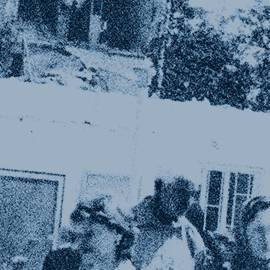Aerial bombardment and artillery shelling
According to the Natalia Estemirova Documentation Center Database (hereafter the Database), bombardments using heavy weapons of large-scale destruction, both aerial and ground targets, represent one of the numerous, large-scale and damaging methods of warfare used by the federal forces of the Russian Federation. Instances of indiscriminate air strikes and shelling during the conflict in the Chechen Republic have been confirmed by the European Court of Human Rights (ECtHR)[1] in its judgments as clearly constituting a gross violation of the principles of international humanitarian law, namely the principle of distinction between civilians and combatants.[2] According to the UN International Court of Justice (ICJ):
… States must never make civilians the object of attack and must consequently never use weapons that are incapable of distinguishing between civilian and military targets.[3]
It is worth mentioning that the statistical data relating to such attacks, which at least partly represent the reality of the circumstances, refer to the period starting from summer 2000. Data relating to the situation prior to this date (particularly concerning the deadliest episodes of the siege and storm of Grozny in winter 1999-2000) is fragmentary and of a more illustrative character. This can be explained by the fact that NGOs were not able to monitor violations of international humanitarian law directly in zones of active military actions.
The Database contains information of at least 225 cases of bombardment and shelling of settlements during the conflict in the North Caucasus, the majority of which (219 cases) occurred in the Chechen Republic. With varying types and scales, such attacks occurred in the form of artillery and air strikes, using mortars, tanks, helicopter shelling, missiles and bombs. In some of the incidents described in the Database, such as the shelling of the village of Assinovskaya (Ekha-Borze) on 18 July 2000, air and ground attacks were carried out simultaneously, causing significant damage to the civilian population and civilian objects.[4]
The majority of the attacks in Chechnya occurred in the early periods of the conflict, namely, between September 1999 and December 2000. During these years, at least 139 attacks using heavy weapons were recorded. In subsequent years, the number of raids decreased progressively (see chart 1). Notably, the first bombardments began prior to the official start of the conflict (23 September 1999)[5] and also prior to the ground combat operations in the Chechen Republic. On the night of 6 September 1999, the Russian air forces carried out missile and bombing strikes on the village of Zamai-Yurt of the Nozhai-Yurtovsky District, destroying at least 32 houses and leaving approximately 22-32 (based on different sources) victims under rubble, including seven children.[6] A week later on 12 September 1999, five civilians, all women and children, were killed in the village of Runnoye (Kogi) of the Shelkovskoy District and approximately 30 houses were seriously damaged during indiscriminate shelling and bombardment from SU-25 aircraft.[7] Despite statements from the authorities declaring that the insurgents were located in the immediate vicinity of Runnoye village, on 29 March 2011, the ECtHR found the State in violation of basic rights and ordered the payment of compensation in favor of the applicants.[8]
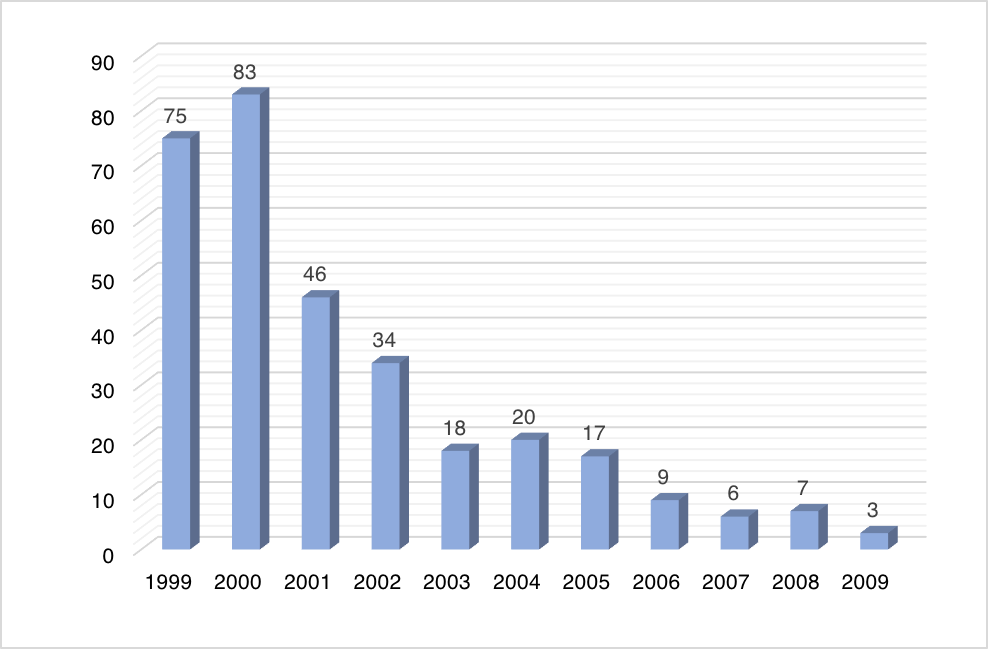
The abovementioned incident in Zamai-Yurt is not the only example of attacks conducted during the night. According to the Database, at least 34 victims died during bombardments and shelling conducted during the night or in the early hours of the morning. Often, those sleeping did not have enough time to evacuate themselves and thus such raids resulted in the death of entire families. For instance, on the night of 5 January 2000, Russian air forces struck the village of Makhkety of the Vedensky District. Among the 18 affected local residents, 12 individuals were members of the same family, namely, the grandfather, grandmother, son, daughter-in-law, daughter and grandchildren.[9] Similarly, on the night of 8 September 2002, in the village of Chechen-Aul of the Groznensky (Selsky) District, a family of three (a husband, wife and their three-year-old daughter) living in the village died as a result of shelling.[10] In both cases, the victims’ and neighbors’ houses were significantly damaged.
According to the Database, as a result of the air strikes and shelling of Chechnya by the federal forces of the Russian Federation, at least 719 people were killed in total; 433 men and 286 women. The overwhelming majority of these victims in Chechnya (698 victims) were civilians, with only 12 individuals actually possessing the status of combatants. Among the killed combatants were members of the local Chechen security forces (two individuals), employees of the federal troops of the Russian Federation (nine individuals), and one member of the opposing armed forces (see chart 2). The status of another eight individuals either remains unknown or cannot be determined due to contradictory information. Moreover, one victim was a war correspondent and was categorized as not directly participating in war hostilities. Children under the age of 17 represented a special category of victims. Due to the bombardment and shelling, 116 children were killed, constituting 16% of the total number of fatalities. 76 of these children were under the age of 14 and 40 children were between the ages of 14 and 17. Other victims of the bombardment and shelling belonged to vulnerable groups such as: the elderly (96 victims); internally displaced persons (17 victims); those in a helpless state (11 victims); pregnant women (10 victims); and those with disabilities (three victims).
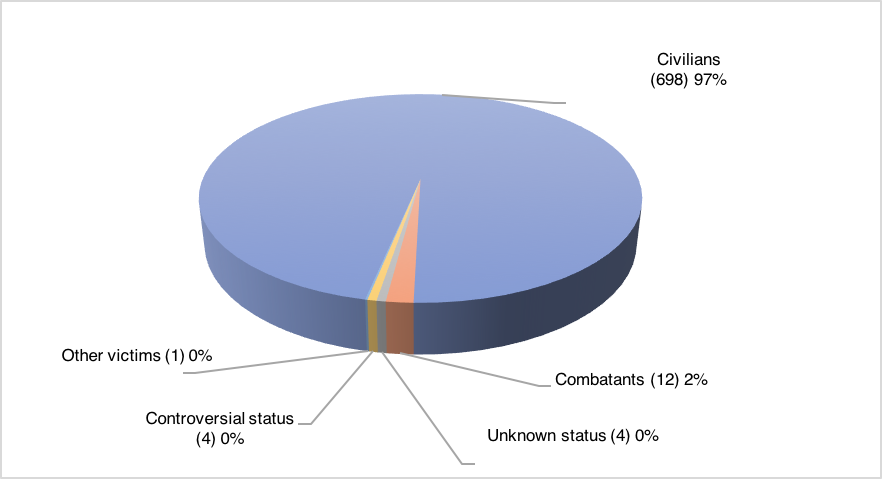
Strikes were frequently conducted during the opening of the so-called “humanitarian corridor” for the purpose of evacuating the civilian population. For example, on 29 October 1999, a convoy of refugees fleeing from Grozny to Ingushetia was attacked near the village of Shaami-Yurt of the Achkhoy-Martanovsky District.[11] During the attack, 12 unguided S-24 “air-ground” missiles were directed towards cars and trucks of the civilians who were fleeing the war hostilities. As a result, 25 individuals were killed and more than 70 were injured. Among the dead were employees of the Chechen Committee of the Red Cross whose five vehicles were bearing the Red Cross emblem and were following the convoy.[12]
With regard to the territorial scope of the attacks, while the bombardment and shelling affected the entire Chechen Republic, the majority of the incidents occurred in the following locations: Vedensky (165 victims); Groznensky (Selsky) (151 victims); Urus-Martanovsky (170 victims); Shalinsky districts (101 victims); and Grozny (140 victims).
One of the most horrific incidents, in terms of its scale and casualties among the civilian population, occurred during a special operation in the village of Katyr-Yurt in February 2000.[13] The shelling of the village by the federal forces of the Russian Federation lasted until 7 February and was intended to target a large group of Chechen fighters who had entered the village several days earlier. The local population was given no opportunity to evacuate and subsequently became trapped by military posts in the epicenter of mass indiscriminate shelling. The ensuing attack began with shelling from self-propelled artillery mounts (SAM) and Grad salvo fire systems and was followed by air strikes.[14] The civilian population was forced to seek shelter in the unsafe basements of their own houses. One of the residents describes the situation in the village:
Something unimaginable was happening in the street: houses were burning, some were roofless, others were completely destroyed … Broken glass, slate pieces, wood fragments, logs were under our feet … And there were pools of blood everywhere … From the outskirts we saw soldiers that surrounded our village, armored vehicles. Both soldiers and armored vehicles – everything was shooting.[15]
In addition to the mass destruction of civilian objects, including houses, property, livestock of local residents, as well as a rural mosque, at least 62 people were killed. The ECtHR found a violation of the right to life by the Russian Federation and awarded moral compensation to the relatives of the victims.[16]
In most cases, having exhausted national remedies, the relatives of at least 99 killed victims lodged appeals to the ECtHR. With respect to at least 96 of these victims, the Court found the State in violation of various rights and freedoms. It is worth noting that in addition to those victims who were killed, bombardments and shelling also caused serious harm to the health of those who survived (276 victims).
The statistics provided have been revised and verified up until 11 April 2019.
The data is subject to change in view of the ongoing work by the Natalia Estemirova Documentation Center on the search and identification of victims of the armed conflict.
Audio library
Listen to the story of a victim of an air strike.
For details on this story, see the “Audio” section.
Listen to the interview with a 14-year-old child who was shelled by a helicopter.
For details on this story, see the “Audio” section.
Listen to an interview with a father who found his sons executed in a barn.
For details on this story, see the “Audio” section.
Listen to the story of a witness to the bombing and shelling of the city of Shali.
For details on this story, see the “Audio” section.
Listen to the story of a resident of Alkhan-Yurt describing how residents hid in the basements during the shelling and assault of the village.
For details on this story, see the “Audio” section.
Listen to the story of a woman concerning the bombing of the village of Gikalovsky.
For details on this story, see the “Audio” section.
Listen to the story of a resident who witnessed a missile strike in the center of Shali.
For details on this story, see the “Audio” section.
Listen to the story of the killings of people in the Staropromyslovsky District and the removal of corpses by their relatives.
For details on this story, see the “Audio” section.
Listen to the story of a woman who survived the storming of the city of Grozny.
For details on this story, see the “Audio” section.
Listen to the story of a witness to the bombing of the city of Urus-Martan.
For details on this story, see the “Audio” section.
Listen to an interview with an injured resident on the circumstances of the attack in his village.
For details on this story, see the “Audio” section.
Media library
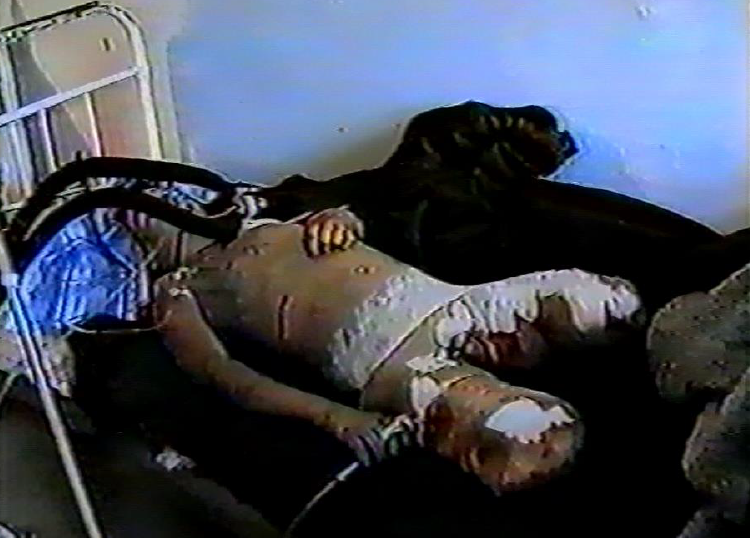
NEDC document 29624 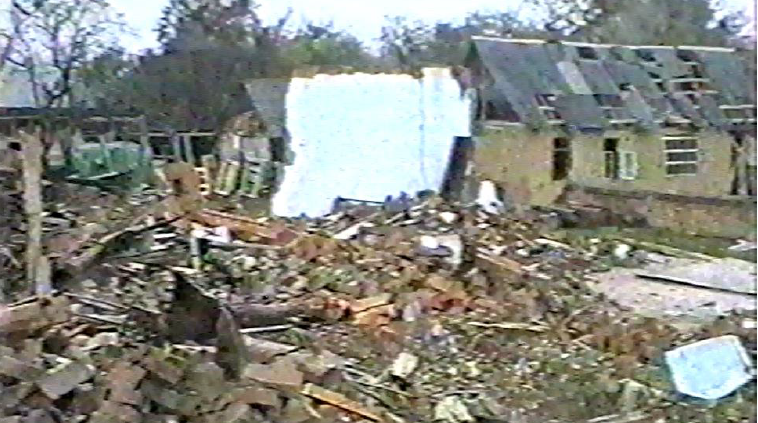
NEDC document 29511 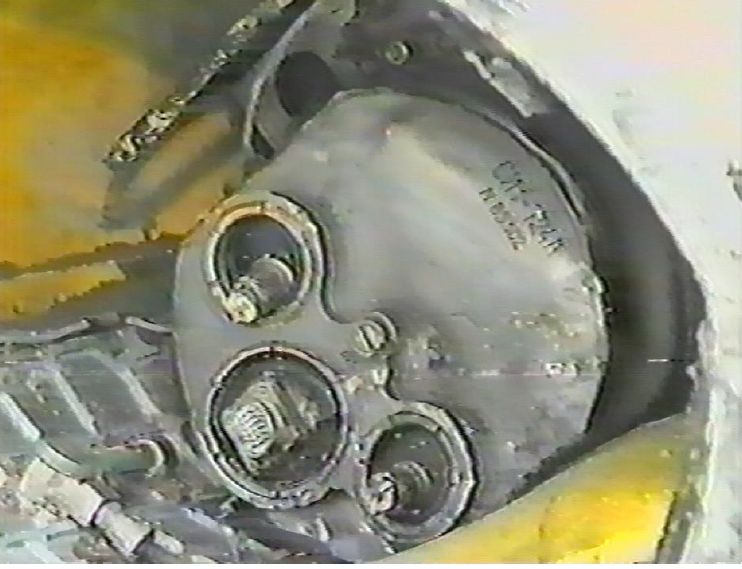
NEDC document 29260 
NEDC document 29256 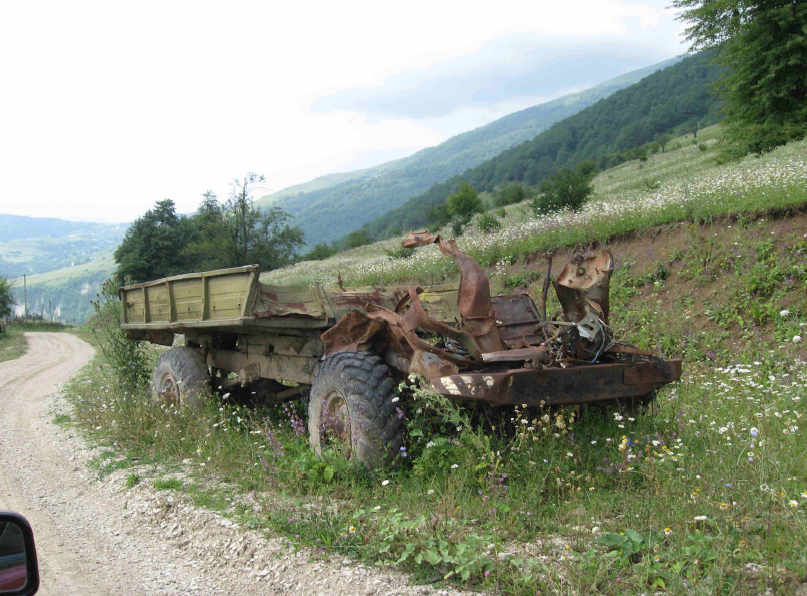
NEDC document 27170 
NEDC document 29511
References
[1]See, for example, ECHR judgement «Isaeva v. Russia» (Application No. 57950/00), February 24, 2005, §§ 179-201; ECHR judgment «Isaeva, Yusupova and Bazayeva v. Russia» (Application No. 577947/00 and 2 others), dated February 24, 2005; Judgment of the ECHR «Umaev against Russia» (Application No. 1200/03), December 4, 2008; ECHR Judgment «Abueva and Others v. Russia» (Application No. 27,065/05), 2 December 2010, §§ 196-203, ECHR Judgment «Abakarova vs. Russia» (Application No. 16664/07), 15 October 2015, §§ 83-91; and others hereinafter.
[2]Additional Protocol I to the Geneva Conventions of 12 August 1949, on the protection of victims of international armed conflicts (Art. 50, 51); Additional Protocol II to the Geneva Conventions of 12 August 1949, on the protection of victims of non-international armed conflicts (article 13).
[3]Advisory Opinion of the International Court of Justice on the Legality of the Threat and Use of Nuclear Weapons, July 8, 1996, § 78, p. 33.
[4]Incident № 716 «Shelling in Stanitsa Assinovskaya, July 2000».
[5]Decree of the President of Russian Federation of September 23, 1999 No. 1255c «On measures to increase the effectiveness of counter-terrorist operations in the North Caucasus region of the Russian Federation».
[6]Incident № 4103 «Bombardment of Zamai-Yurt, September 1999».
[7]Incident № 1173 «Bombardment of Runnoe, 12 September 1999».
[8]ECHR Judgment «Esmuhambetov and Others v. Russia» (Complaint No. 23445/03), dated March 29, 2011, §§ 193-224.
[9]Incident № 4412 «Bombardment of Makhkety, January 2000».
[10]Incident № 612 «Shelling of Chechen-Aul, 8 September 2002».
[11]Incident № 267 «The death and injury of citizens during rocket attack near the village of Shaami-Yurt, October 29, 1999».
[12]Incident № 267 «The death and injury of citizens during rocket attack near the village of Shaami-Yurt, October 29, 1999».
[13]Incident № 156 «Special operation in Katyr-Yurt, February 2000».
[14]Incident № 156 «Special operation in Katyr-Yurt, February 2000».
[15]Document № 27643 «I came from Katyr-Yurt».
[16]See, for example, the ECHR judgement «Isaeva v. Russia» (Application No. 57950/00), February 24, 2005, §§ 226-246; ECHR Judgment «Abueva and Others v. Russia» (Application No. 27,065/05), 2 December 2010, §§ 204-216; ECHR Judgment «Abakarova vs. Russia» (Application No. 16664/07), 15 October 2015, §§ 83-91.
